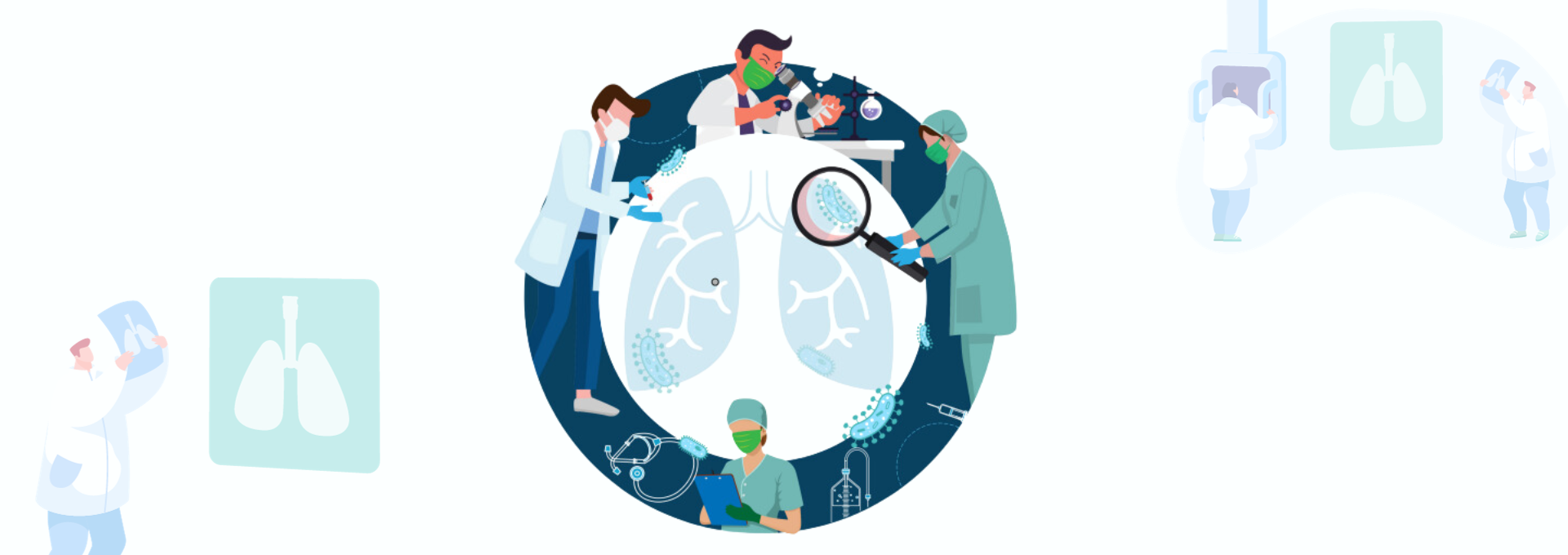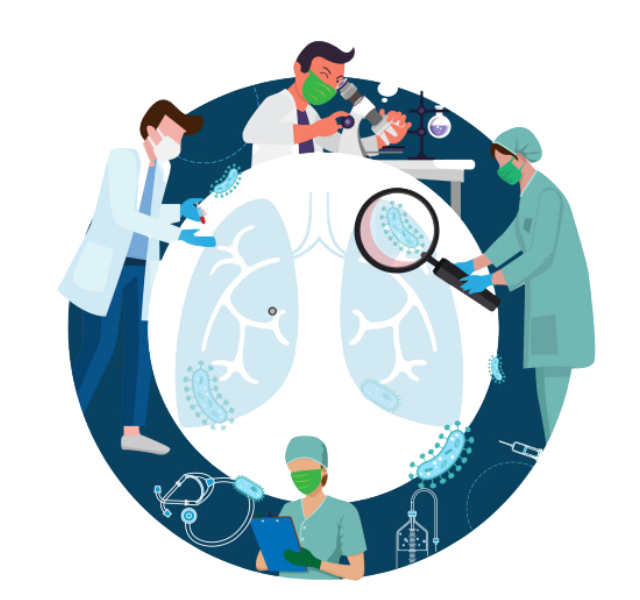

Uttar Pradesh (UP) has witnessed an increasing trend in private sector contribution to Tuberculosis (TB) notifications from 14% in 2016 to about 40% of total TB case notifications in 2021. The target for the private sector in 2022 was 1.86 lakh new TB notifications. The distribution of private sector is diverse and 36 of the 75 districts in UP contribute close to 80% of private sector patients. On an average, each of these 36 districts has a target of 4256 TB patients, and in the remaining 39 districts, on an average, each district has a target of 841 TB cases.
To accelerate TB Notifications from the private sector, the STSU team, with support from NTSU, conducted a trend analysis of TB notification numbers in private health facilities for the previous 3-5 years within these 16 districts. It was found that many of the private health facilities that had previously notified TB cases had significantly reduced notification numbers in 2022. After the analysis of the issues, following key responses were planned:
Evidence based Planning: The STSU discussed this issue of decreased TB notification by private health facilities, with the State TB Cell (STC) and WHO consultants. In October 2022, five different strategies to increase private sector notification were proposed:
i. Line-listing of the priority doctors/health care institutions and attaching STS/TBHV to each of them.
ii. Call Centre to call the facilities/doctors and enquire about missing TB notifications.
iii. Data-entry operators to be mobilized from NHM or hired by STSU in districts with high numbers of patients entered in registers, but not yet notified on Nikshay.
iv. Extract missing TB patient information from H1 schedule registers and notify the same
v. Organize CME for private doctors. In response to this, the STC issued a letter on 11th November 2022 to plan and implement an active case notification campaign to increase private sector TB notification
Prioritisation of Districts: High TB burden districts (> 2500 annual target and no PPSA) where the private sector had notified less than 55% of the target were prioritised for STSU’s field visits. During visits, STSU members accessed the district-level data and divided the list TU-wise. This was shown to the District TB Officer and NTEP staff. A process of District level micro-planning was then instituted within 16 High Burden districts (List attached in Annexure 1). The microplanning process included actions at the District TB Cell and within selected high-volume private health facilities.
District-level Microplanning at DTC:
i. Developed a comparison sheet of facility wise private sector notifications from previous years with that of current year.
ii. Identified gap between the years, followed by verifying present status of these facilities and then planning meetings with officials from facilities to address the gaps.
iii. Searched for TB patients information from old records, verified the patients with NTEP Staff, and segregated them TU wise and then notifying them (missing patients).
iv. Compared the number of TB cases notified previously with notification during 2022 and calculated the difference.
v. Organised this list by the name of the TB Unit.
vi. Mapped NTEP staff with Private sector facilities.
vii. Entered the names of TB Health Visitors, PPM coordinators and STS and assigned each of to these high volume private health facilities.
Impact:
Implementation of the microplanning activities started on 20th October 2022. The private sector notification in the 16 districts increased from 58% achievement of annualised target in October 2022 prior to the campaign, to 80% as on 31st December 2022. During the same period, the private sector notification in 20 existing PPSA districts increased from 54% to 76% and in non-PPSA districts from 62% to 84%. Non–PPSA district target of private sector notification is less as compared to 16 high burden districts and 20 existing PPSA districts.